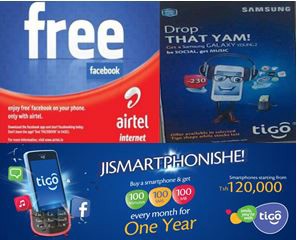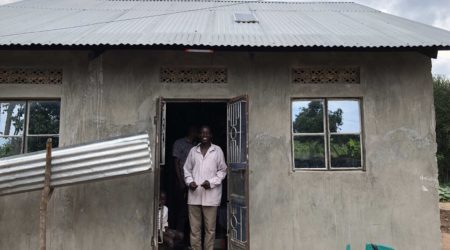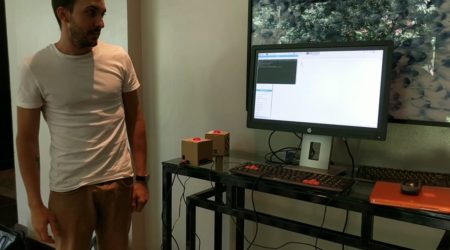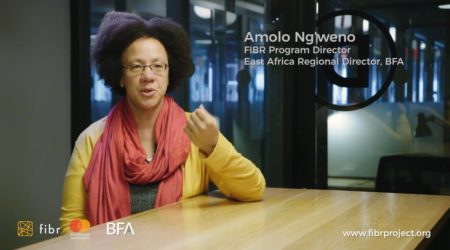The Data is Already There, Now Smartphones Can Capture It

FIBR will address the opportunities created by the rapid spread of smartphones in developing countries to harness this force for financial inclusion. While only an estimated 17% of mobile subscribers in sub-Saharan Africa have a smartphone today, the GSMA estimates that this will rise to 56% in five years — over the time of the project. This massive shift to smartphones enables much more user-friendly interfaces than were possible in the first generation of mobile money. Just as important, the shift also enables competitive, new entrants to provide services using data connections which they could not easily do in the first generation when mobile operators, in particular, could closely guard access to their customers.
Although this sea change is already underway, there are currently no known successful models of financial inclusion in developing countries that are based on the use of smartphones. There is therefore a need to develop and test models that could become the “m-Pesa’s” of the smartphone era. This will ensure that their risks are understood, as well as the benefits promoted so as to accelerate appropriate adoption.
In this fast changing context, FIBR is innovative on several levels. The core innovation is that FIBR focuses on exploring and promoting indirect channels to financial inclusion: rather than seeking to work directly with financial providers, it works indirectly with them though bringing new partners to the financial inclusion arena on the basis that their clients, who are small businesses, already touch low-income end users in many natural ways. FIBR’s hypothesis is that success in digital financial services is more likely to come from digitizing relationships and interactions which already exist, rather than trying to create totally new approaches. In this way, FIBR is testing and developing a path to accumulating and using ‘big data’ about low-income end users which would not otherwise be available.
FIBR’s innovativeness extends also to its methodology: seeking to apply agile development approaches to financial product deployment and also testing and using monitoring and evaluation approaches linked to mobile surveying of clients and real-time access to cloud data of partners.



